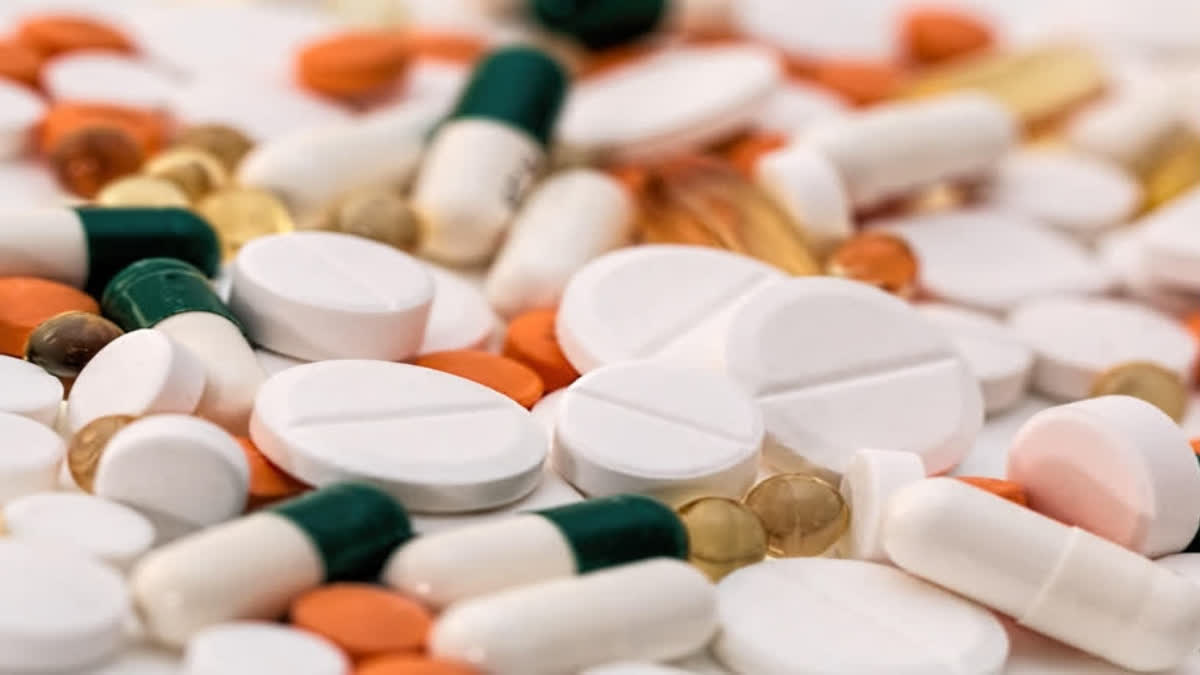New Delhi: Eight cost-effective medicines have been developed to treat patients suffering from 14 rare diseases, including sickle cell that prevail amongst all sections of people across the country. Informing this here on Friday, Union Health Minister Mansukh Mandaviya said the government has approved four medicines for marketing and the remaining four are under process for approval.
“India is one of the best cost-effective and efficient medicine manufacturers in the world. We have developed medicines for such rare diseases, treatments of which are very expensive,” said Mandaviya. He said that this was a special initiative taken by the Government of India to help several such people, who find it very tough to treat those diseases. “Discussions were held with academia, pharma industries, organisations, CDSCO and the Department of Pharmaceuticals to launch those medicines,” Mandaviya stated.
Echoing the same view, Dr VK Paul, Niti Aayog member (Health), said that the medicines were developed in a year. “The entire process started last year, and we were already able to introduce four medicines in the market and the remaining four are under the process for approval,” said Paul. A rare disease is a health condition of a particularly low prevalence that affects a small number of people. As per WHO, less than one person is affected per 1,000 population by these rare diseases. Collectively, afflicting 6-8 per cent of the population in any country at any given time, India could have 8.4-10 crore cases, Paul said.
Over 80 per cent are genetic conditions. Affect from childhood at varying ages and is lifelong,” he said. The identified 13 rare diseases include Tyrosinemia Type 1, Gaucher’s Disease, Wilson’s Disease, Dravet/Lennox Gastaut Syndrome related seizures, Phenylketonuria, Hyperammonemia, Cystic Fibrosis, Spinal Muscular Atrophy, Duchenne Muscular Dystrophy (DMD), Achondroplasia, Pompe’s disease, Mucopolysaccharidosis and Nieman Pick disease.
For example, for rare diseases like tyrosinemia type 1, with the new initiative, the per annum cost of medicine has come down to Rs 2.5 lakhs against Rs 2.2 crore to Rs 6.5 crore for a person. Similarly, for Gaucher's disease, treatment costs with eliglustat (capsules) were Rs 1.8 to Rs 3.6 crore which came down to Rs 3-6 lakhs per annum for an adult.
The cost of per annum treatment with trientine (capsules) for Wilson’s disease was Rs 2.2 crore, which now came down to Rs 2.2 lakhs per annum. Paul said that all the manufacturers of these drugs and medicines are domestic. “Several other manufacturers are in the pipeline in producing drugs for these rare diseases,” Paul said.
There are 11 domestic drug manufacturers, which are producing drugs for sickle cell disease. Paul said that work is on the Production Linked Incentive (PLI) scheme for pharmaceutical companies and the promotion of research and innovation in the Pharma Medtech Sector (PRIP) scheme for producing some other medicines for rare diseases like Spinal Muscular Atrophy, Gaucher disease and Duchenne Muscular Dystrophy (DMD).
In India, Tyrosinemia Type 1 disease affects one in per lakh population, Gaucher’s disease affects 1 per 57,000, Wilson’s disease affects one per 30,000, Phenylketonuria disease affects six per lakh population, Spinal Muscular Atrophy disease affects one per 1,000, Duchenne Muscular Dystrophy (DMD) affects one per 3,500-5,000 and Achondroplasia disease affects one per 20,000 population.



